detail profile c5 a0ar c5 abnas bartas
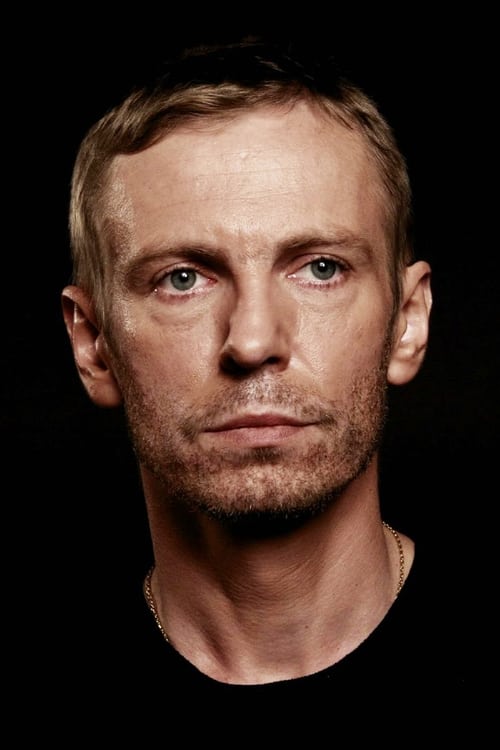
Šarūnas Bartas
Sharunas Bartas
atau dikenal sebagai
Riwayat Hidup
Šarūnas Bartas (born 16 August 1964) is a Lithuanian film director.
One of the most prominent Lithuanian film directors internationally from the late 20th century.
His 2015 film Peace to Us in Our Dreams was screened in the Directors' Fortnight section at the 2015 Cannes Film Festival,
Description above from the Wikipedia article Šarūnas Bartas, licensed under CC-BY-SA, full list of contributors on Wikipedia.
Info Pribadi
Peran Yang Di Mainkan Šarūnas Bartas
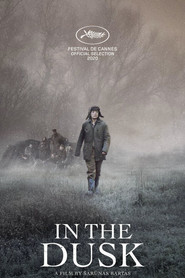 Lithuania 1948 War is over but the...
Lithuania 1948 War is over but the...In the Dusk 2019
Lithuania, 1948. War is over, but the country is left in ruins. 19-year-old Untė is a member of the Partisan movement resisting Soviet occupation. They do not fight on equal terms, but this desperate struggle will determine the future of the whole population. At the age of discovery of life, Untė discovers violence and treachery. The lines are blurred between the burning passion of his youth and the cause for which he is fighting. He will invest himself wholeheartedly, even if it means losing his innocence…
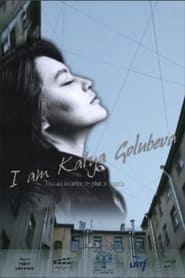 The question is whether Katya Golubeva...
The question is whether Katya Golubeva...I Am Katya Golubeva 2016
The question is, whether Katya Golubeva, an icon of the European underground cinema, determined her fate with the parts she played, or the fate of her characters affected her own fate?
 On a summer day a man...
On a summer day a man...Peace to Us in Our Dreams 2015
On a summer day, a man, his daughter and his companion arrive at their country house to spend the weekend. The daughter has just moved in with her father, whose attention she desires. The man is tired of his life, and does not know where to find the strength to carry on living. The woman, a violinist, is confused in her priorities - music, love or career. Despite the fact that the man and the woman love each other, their tense relationship is on the brink of collapse.
 Marco returns to Paris after his...
Marco returns to Paris after his...Bastards 2013
Marco returns to Paris after his brother-in-law's suicide, where he targets the man his sister believes caused the tragedy – though he is ill-prepared for her secrets as they quickly muddy the waters.
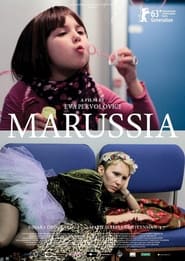 In cities like Paris there are...
In cities like Paris there are...Marussia 2013
In cities like Paris there are countless people from Eastern Europe who have forsaken their homelands because they can see no future there. Lucia and her little daughter Marussia are two such people. They have been thrown out by the Russian acquaintances they were staying with and must tramp the streets with their trolley suitcases searching for somewhere else to live. A Russian Orthodox priest offers them their first night's shelter. They spend the second night in a homeless hostel and party through the third with a chance acquaintance. On the fourth night they sleep clandestinely in a cinema and on the fifth with a Russian artist in a hotel … Lucia is good-looking, dresses elegantly and is certainly not shy of men. This serves the mother and her daughter well. In spite of all the uncertainties in their lives, the two frequently share tender moments.
 Lucas is a scientist who works...
Lucas is a scientist who works...Vanishing Waves 2012
Lucas is a scientist who works near the European experimental project that focus on advanced ‘human neuron research’. The project is to transfer neuron information from one human mind to another. Lukas is chosen to connect his mind with a comatose woman he named Aurora.
 This exhibition focuses on Jonas Mekas 365...
This exhibition focuses on Jonas Mekas 365...365 Day Project 2007
This exhibition focuses on Jonas Mekas’ 365 Day Project, a succession of films and videos in calendar form. Every day as of January 1st, 2007 and for an entire year, as indicated in the title, a large public (the artist's friends, as well as unknowns) were invited to view a diary of short films of various lengths (from one to twenty minutes) on the Internet. A movie was posted each day, adding to the previously posted pieces, resulting altogether in nearly thirty-eight hours of moving images.
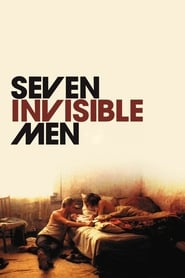 A group of dropouts losers and...
A group of dropouts losers and...Seven Invisible Men 2005
A group of drop-outs, losers and criminals are travelling in a stolen Mercedes seemingly aimlessly along numerous derelict houses and impassable roads to eventually end up on an old decaying state farm in Crimea, the southern tip of the former Soviet Union, where the mother, wife and daughter of one of them live. The men kill time with smoking, drinking and staring in front of them, but an undercurrent tension is brewing. On the last night they have a party that is equally destructive as their life
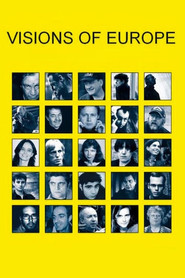 Twentyfive films from twentyfive European countries...
Twentyfive films from twentyfive European countries...Visions of Europe 2004
Twenty-five films from twenty-five European countries by twenty-five European directors.
 A writer leaves his upperclass life...
A writer leaves his upperclass life...Pola X 1999
A writer leaves his upper-class life and journeys with a woman claiming to be his sister, and her two friends.
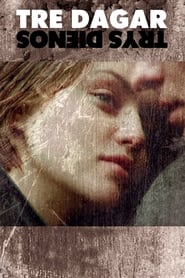 Two young men leave a neglected...
Two young men leave a neglected...Three Days 1992
Two young men leave a neglected but cozy native nook for a strange seaport town Kenigsberg. There they meet two girls the outsiders like themselves. Any attempt to find a normal human contact leads to misunderstanding. Or perhaps they are also lonely and unhappy. The realities, provoking a forced individualism melt in the atmosphere of the town, on which there lies a seal of historical and human cataclysms.
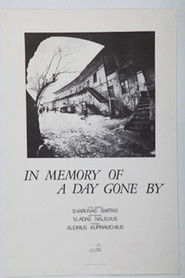 The film is a day in...
The film is a day in...In Memory of the Day Passed By 1990
The film is a day in the life that passes by, even if it seems neverending. In the morning the streets are alive with people, pedestrians and cars, with loud and exultant noise. Such sounds accompany the restless walk of a woman and her child across a dusty street, while Bartas’ gaze wanders through many different perspectives.
 After 30 years of exile in Paris...
After 30 years of exile in Paris...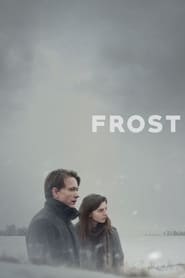 Rokas and Inga a couple of...
Rokas and Inga a couple of...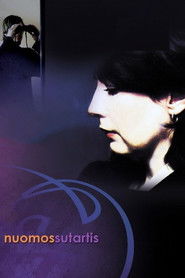 A woman in her forties tries...
A woman in her forties tries... A few fugitives And a very...
A few fugitives And a very... A moving world of spirits and...
A moving world of spirits and...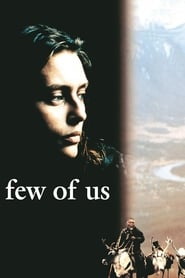 A slow dialoguefree film about a...
A slow dialoguefree film about a... A mysterious foreign woman who is...
A mysterious foreign woman who is... The atmosphere of a corridor between...
The atmosphere of a corridor between...